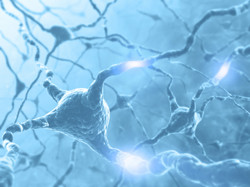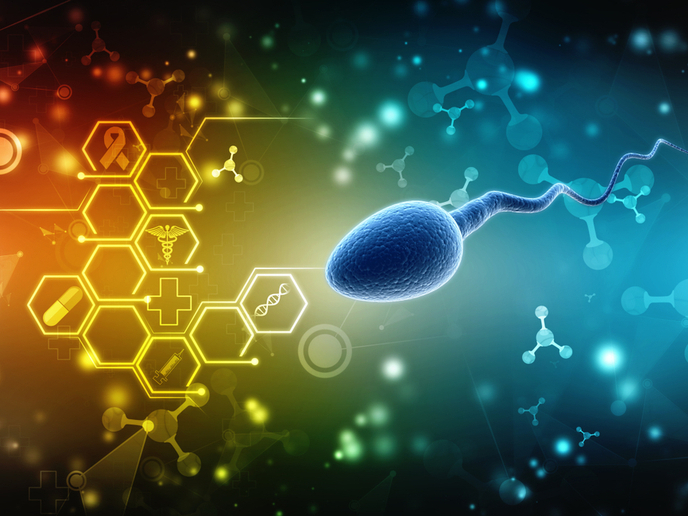Function of adenosine receptor
Adenosine receptors regulate neurotransmitter release as well as cardiovascular, immune and other major systems in the human body. Activation of adenosine A2A receptors induces activation of intracellular G proteins and further activation of secondary messengers. It has been reported that the carboxyl terminal part of the adenosine A2A receptor is responsible for G protein-independent signal transduction. The EU-funded ADORA project aims to resolve the crystal structure of the non-G protein pathway mediator in complex with full-length adenosine A2A receptor. Study was done with wild-type adenosine A2A receptor, truncated receptor mutants, and its large carboxyl terminal domain. Researchers successfully developed purification and interaction assays for key interaction partners at a protein level: calmodulin (CaM), Arf nucleotide site opener-Arf6, calcium-binding protein 2, and a-actinin 1. The major part of the results was obtained using truncated mutant of A2A receptor. Recombinant DNA constructs required for protein production were prepared and protein expression and purification was optimised. Biophysical characterisation of the mutant experimentally verified it’s partially unfolded nature. Researchers further characterised the interaction by isothermal titration calorimetry. They determined the solution structures of truncated mutant alone and in a complex with CaM by small angle X-ray scattering. It was determined that the mutant has an extended tubular-like conformation in solution. ADORA project results provide unprecedented insight into adenosine receptors at the protein and atomic level. This has significant implications for treating Parkinson’s disease as it is now known that A2A interacts with other receptors and is involved in disease pathogenesis.







